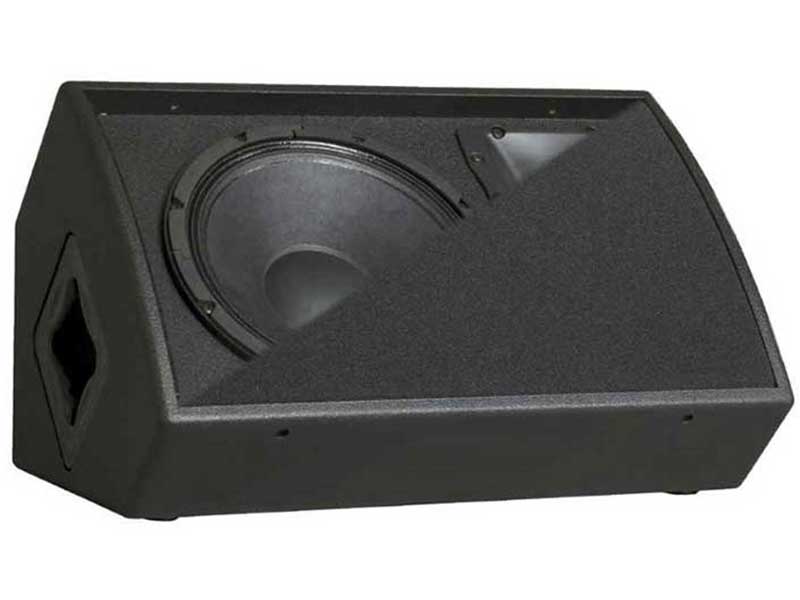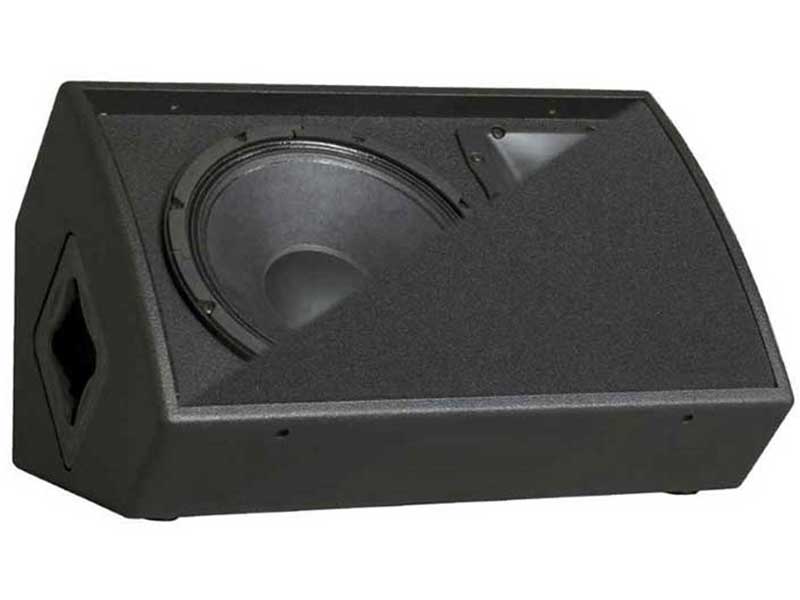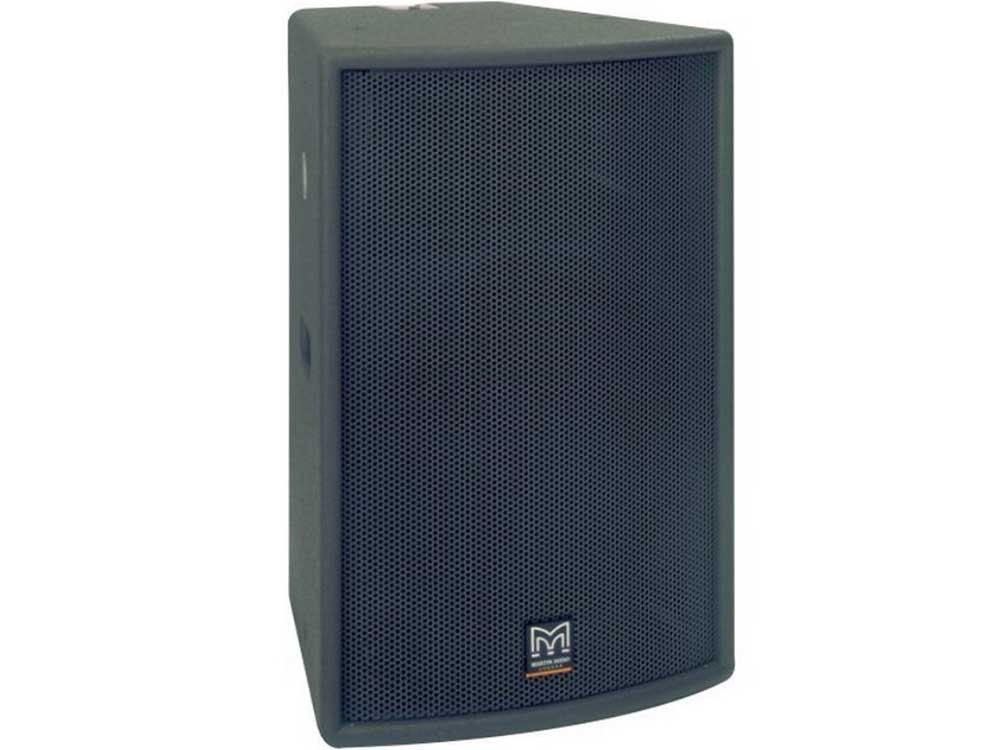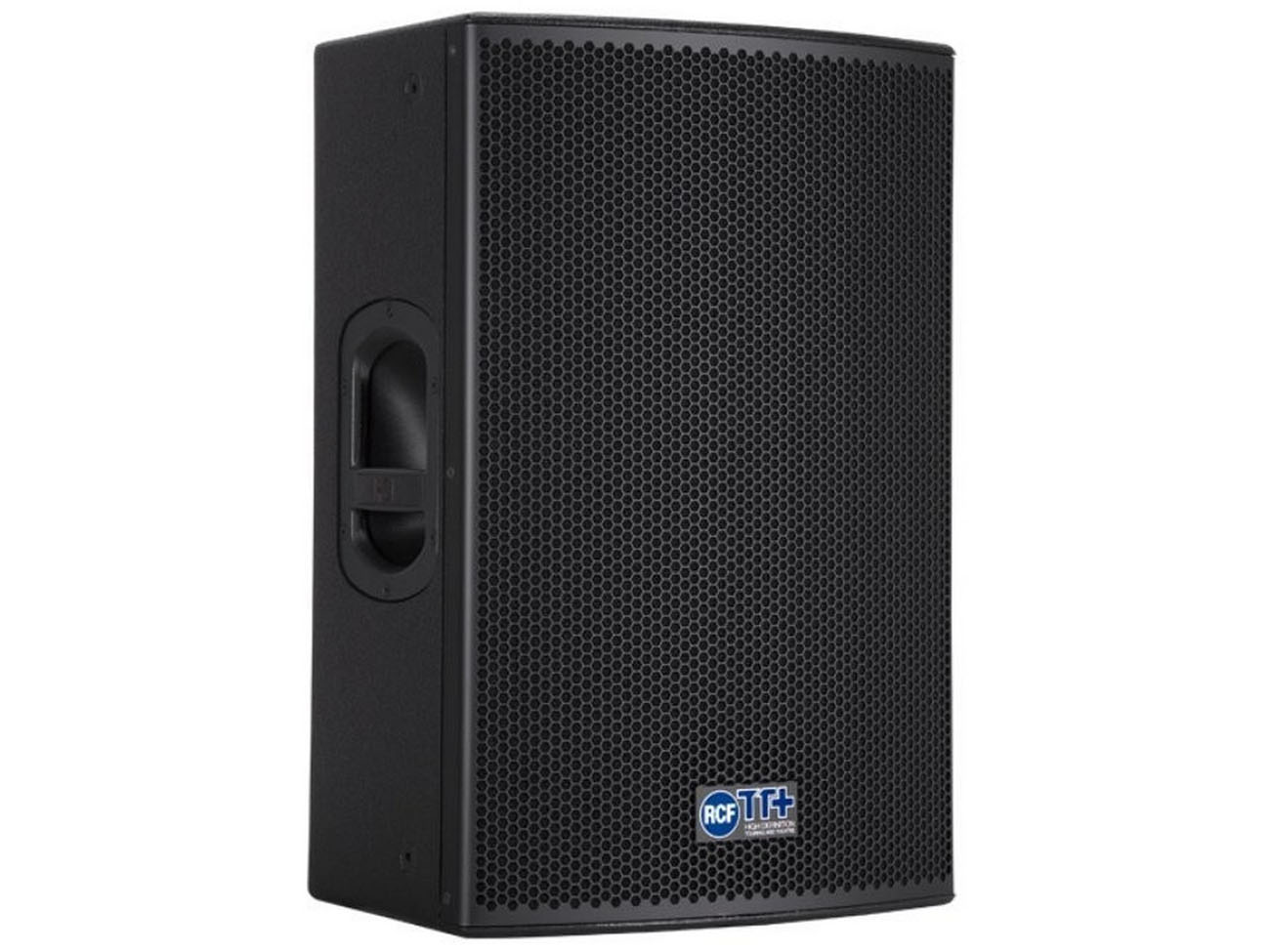Delay speakers
09 October 2023

|
Experience the power of delay speakers and take your audio to new heights with the art of delay. By incorporating delay speakers into your setup, you can create a captivating audio experience that will leave you in awe. Whether you're a professional audio engineer or a music enthusiast, mastering the art of delay is essential. These specialized speakers enhance the audio playback by introducing a subtle echo effect, adding depth and dimension to the sound. With the perfect balance of timing and precision, delay speakers create a mesmerizing effect that transports you to a concert hall or a live performance. Whether you're listening to music, watching movies, or playing video games, the art of delay elevates your audio experience to a whole new level. Understanding Audio Delay Audio delay refers to the intentional introduction of a time delay between the original sound signal and its playback. This delay can range from a few milliseconds to several seconds. The purpose of using audio delay is to create a sense of space and depth in the audio playback. It adds a realistic and immersive quality to the sound, making it more enjoyable and engaging for the listener. One of the key concepts to understand when it comes to audio delay is the Haas effect, also known as the precedence effect. This effect states that when two similar sounds reach our ears with a slight delay, we perceive them as a single sound coming from the direction of the first arrival. This phenomenon is crucial in creating a realistic audio experience, as it helps to localize sounds and create a sense of directionality. Audio delay can be applied in various ways, depending on the desired effect. It can be used to simulate the acoustic properties of different environments, such as concert halls, stadiums, or small rooms. By introducing a delay between the direct sound and the reflected sound, delay speakers can recreate the reverberation that occurs naturally in these spaces, enhancing the listener's perception of the sound. The Importance of Audio Synchronization In the world of audio, synchronization is key. When it comes to delay speakers, it is crucial to ensure that the delayed sound reaches the listener's ears at the right time and in sync with the original sound. This synchronization is essential to maintain the integrity of the audio and prevent any dissonance or confusion for the listener. To achieve proper audio synchronization, it is important to consider the distance between the listener and the delay speakers, as well as the delay time applied to the sound. The delay time should be carefully adjusted to match the distance between the listener and the speakers. This ensures that the delayed sound arrives at the listener's ears at the appropriate time, creating a seamless and immersive audio experience. In addition to distance and delay time, other factors such as the speed of sound and the characteristics of the listening environment should also be taken into account when synchronizing audio. By paying attention to these details, audio engineers and enthusiasts can create a perfectly synchronized audio setup that delivers an exceptional listening experience. |
 |
|
The Benefits of Using Delay Speakers Delay speakers offer a wide range of benefits that can greatly enhance your audio experience. One of the primary advantages of using delay speakers is the ability to create a sense of depth and dimension in the sound. By introducing a subtle echo effect, delay speakers can make the audio playback feel more immersive and realistic. This is particularly beneficial when listening to music, as it allows the listener to fully appreciate the spatial qualities of the recording. Another major benefit of delay speakers is their ability to simulate different acoustic environments. Whether you want to recreate the ambiance of a concert hall, a jazz club, or a cathedral, delay speakers can help you achieve the desired effect. This adds versatility to your audio setup, allowing you to customize the sound according to your preference and the type of content you are listening to. Furthermore, delay speakers can also be used to improve the overall clarity and intelligibility of the audio. By introducing a slight delay to certain frequencies or channels, you can correct any phase cancellation issues that may occur, resulting in a more balanced and accurate sound reproduction. This is particularly useful in live sound reinforcement scenarios, where maintaining clear and intelligible audio is crucial. How Delay Speakers Enhance Live Performances Delay speakers play a vital role in enhancing live performances, whether it's a concert, a theater production, or a sporting event. In these scenarios, delay speakers are strategically placed throughout the venue to ensure that every member of the audience can hear the sound clearly and at the same time. One of the primary challenges in live sound reinforcement is ensuring that the sound reaches the entire audience evenly, regardless of their position in the venue. Delay speakers help overcome this challenge by introducing a time delay to the sound, compensating for the difference in distance between the source and the listener. This ensures that everyone in the audience hears the sound at the same time, creating a seamless and immersive experience for all. Delay speakers also help to create a sense of depth and spaciousness in live performances. By adding a subtle echo effect, they enhance the natural acoustics of the venue, making the sound feel more immersive and realistic. This can greatly enhance the overall experience for the audience, making them feel as though they are part of the performance. In addition to these benefits, delay speakers also play a crucial role in improving sound localization and intelligibility in live performances. By strategically placing delay speakers at different points in the venue, audio engineers can ensure that the sound reaches every corner of the space, minimizing any dead spots or areas with poor sound quality. This results in a more engaging and enjoyable experience for the audience, allowing them to fully appreciate the performance. |
 |
|
Choosing the Right Delay Speakers for Your Setup When it comes to choosing delay speakers for your audio setup, there are several factors to consider. The first and most important factor is the intended use of the delay speakers. Are you looking to enhance your home theater system, or are you planning to use them for live sound reinforcement? The intended use will dictate the specific features and capabilities you should look for in a delay speaker. Another important factor to consider is the size of the venue or listening space. Larger venues may require more powerful delay speakers with a wider dispersion pattern to ensure that the sound reaches every corner of the space. On the other hand, smaller spaces may require more compact delay speakers that can be easily integrated into the setup without taking up too much space. It is also essential to consider the frequency response and power handling capabilities of the delay speakers. The frequency response should be wide enough to accurately reproduce the full range of audio frequencies, ensuring that no detail is lost in the playback. Additionally, the power handling capabilities should be sufficient to deliver the required sound levels without distortion or overload. Finally, it is important to consider the connectivity options and compatibility of the delay speakers with your existing audio equipment. Make sure that the delay speakers can be easily integrated into your setup without any compatibility issues. This will ensure a seamless and hassle-free installation process. Setting Up and Configuring Delay Speakers Once you have chosen the right delay speakers for your setup, it's time to set them up and configure them for optimal performance. The first step is to determine the ideal placement of the delay speakers. This will depend on the size and layout of the venue or listening space, as well as the intended use of the delay speakers. In general, delay speakers should be placed strategically throughout the space to ensure even coverage and consistent sound quality. They should be positioned in a way that minimizes any dead spots or areas with poor sound quality. This can be achieved by considering factors such as the distance between the speakers, the angle of dispersion, and any obstructions that may affect the sound propagation. Once the delay speakers are properly positioned, it's time to configure them for optimal performance. This involves adjusting the delay time, frequency response, and other parameters to suit the specific requirements of your setup. It may be necessary to consult the user manual or seek professional advice to ensure that the delay speakers are configured correctly. During the configuration process, it is important to pay attention to the synchronization of the delay speakers with the original sound source. This ensures that the delayed sound reaches the listener's ears at the right time, creating a seamless and immersive audio experience. Make sure to adjust the delay time and other parameters accordingly to achieve proper synchronization. Tips for Optimizing Delay Speaker Placement Optimizing the placement of delay speakers is crucial to ensure optimal sound quality and coverage. Here are some tips to help you achieve the best possible results: Take the time to carefully analyze the venue or listening space before placing the delay speakers. Consider factors such as the size, shape, and acoustics of the space. This will help you determine the optimal placement locations for the delay speakers. Use sound measurement tools and equipment to analyze the sound propagation in the venue. This will help you identify any dead spots or areas with poor sound quality. Adjust the placement of the delay speakers accordingly to minimize these issues. Pay attention to the distance between the delay speakers and the listener. In general, the delay time should be adjusted to match the distance between the listener and the speakers. This ensures that the delayed sound reaches the listener's ears at the appropriate time. Experiment with different delay times and configurations to find the optimal settings for your setup. This may involve trial and error, but it is worth the effort to achieve the best possible sound quality and coverage. Consider using additional sound reinforcement techniques, such as equalization and compression, to further enhance the performance of the delay speakers. These techniques can help fine-tune the sound and optimize the overall audio experience. By following these tips and taking the time to optimize the placement of your delay speakers, you can ensure that you get the most out of your audio setup. Whether you're using delay speakers for home theater or live sound reinforcement, proper placement is essential to achieve optimal sound quality and coverage. |
 |
